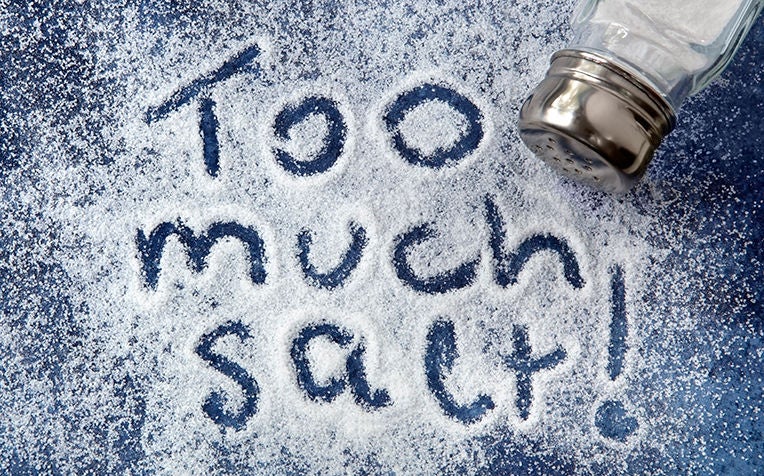
Sodium is present in processed as well as natural foods.
Sodium is present in natural and processed foods
Most foods, whether natural or processed, contain sodium. Sodium is present in all types of salt, such as table salt and sea salt. “It is a misconception that some salts, such as sea salt, have less sodium than table salt,” says Mr Gary Chiah, Senior Dietitian, Department of Dietetics, Singapore General Hospital (SGH), a member of the SingHealth group.
Read the label to know the sodium content
It is important to read the label to determine the amount of sodium before buying food products. For example, food labeled ‘very low in sodium’, ‘low in sodium’ or ‘low salt’ will contain the lowest sodium content per serving. Food labeled ‘reduced sodium’ will contain 25 per cent less sodium than the original food product. Most of these foods come with a Healthier Choice logo as an easy guide to food products with lower sodium content.
Here are some rich sources of sodium in the diet:
- Sauces such as soya sauce, oyster sauce, fish sauce
- Preserved items such as belachan (shrimp paste), taucheo (soy bean paste), pickles, salted egg
- Spreads such as cheese, butter, margarine, peanut butter
- Canned products such as canned soups, vegetables, meats
- Processed meats such as bacon, ham, sausages, fishballs, fish cakes
- Noodles, mee sua (salted Chinese noodles made from wheat flour)
- Ready-to-eat frozen meals
- Sodium-containing compounds such as baking soda, baking powder, monosodium glutamate (MSG)
Surprise! Some salt even hides in ‘sweet’ products:
- Soft drinks and fruit drinks
- Ready-to-eat yogurt and ice cream
- Bakery products such as bread, bagels, pastries, cakes, biscuits
With sodium present in both natural and prepared foods, how can you lower your intake of this mineral?
For most people in Singapore, the intake of sodium exceeds the recommended daily allowance largely because of the high consumption of gravies and sauces, followed by bread and processed foods like fishballs and fish cakes.
“In the West, the main source of sodium is bread. In Singapore, salt, sauces and gravies account for about 60 per cent of the sodium in the local diet. The rest comes from processed foods such as fishballs, fishcakes and bread,” says Mr Chiah. He advises buying fresh foods as far as possible when eating at home, and asking for less gravy or no gravy when eating out.
Mr Chiah offers other tips for cutting down on sodium:
- Use herbs and spices instead of salt if you want more flavour in your food
- Add vegetables instead of salt to soups for added flavour
- Avoid the soup in soup-based noodles when eating out
- Choose rice noodles like bee hoon and kway teow which are lower in sodium than the yellow egg noodles
- Avoid dipping sauce with your meals
Since the taste for salt is acquired, it is important to unlearn old habits and start training yourself to eat less salt to reduce the risk of suffering from high blood pressure in later years.
If you have children at home, Mr Chiah suggests training them to eat low-salt meals so they will enjoy the natural taste of food as they grow older.
Ref: S13
Contributed by


















 Get it on Google Play
Get it on Google Play